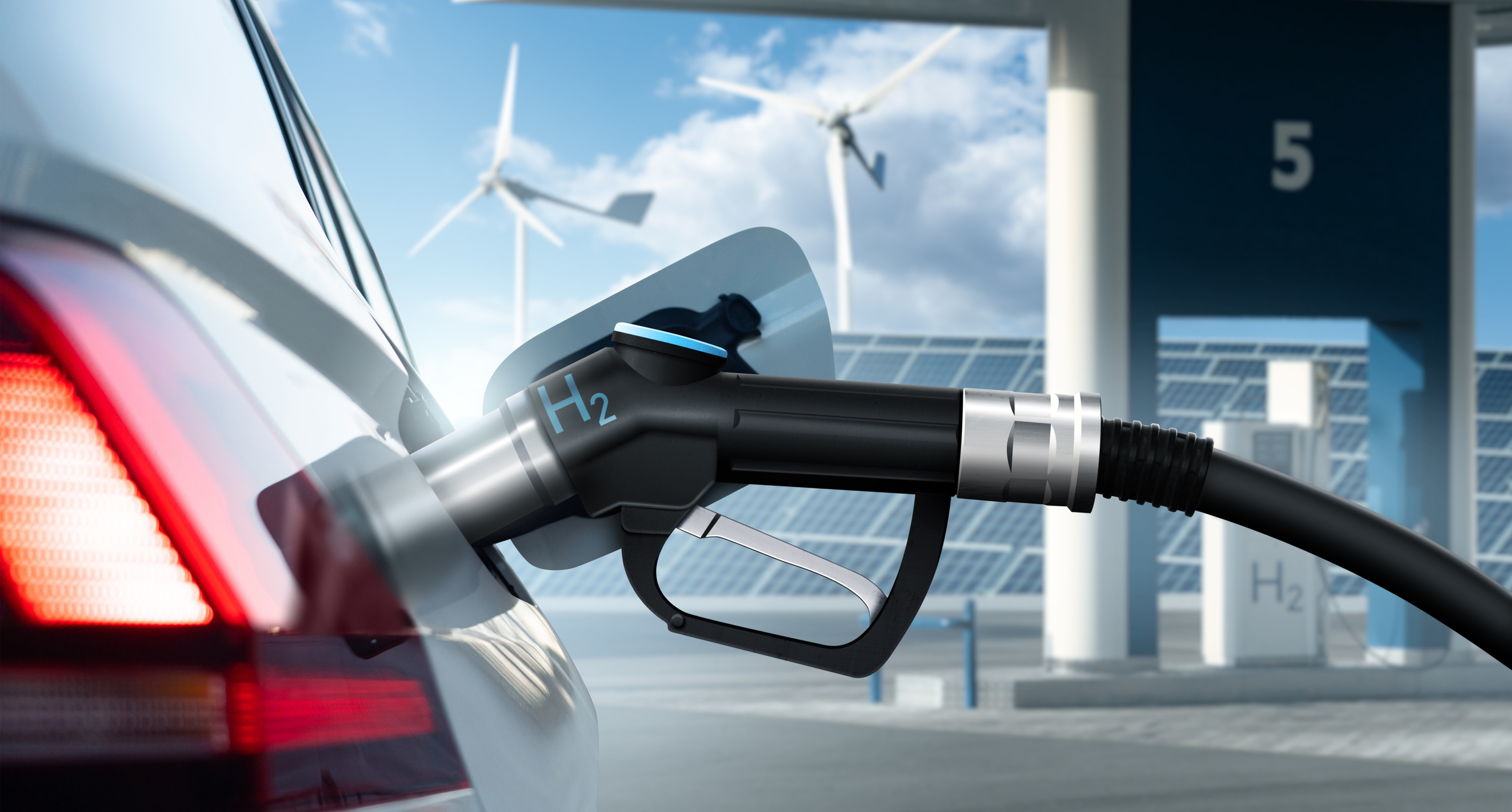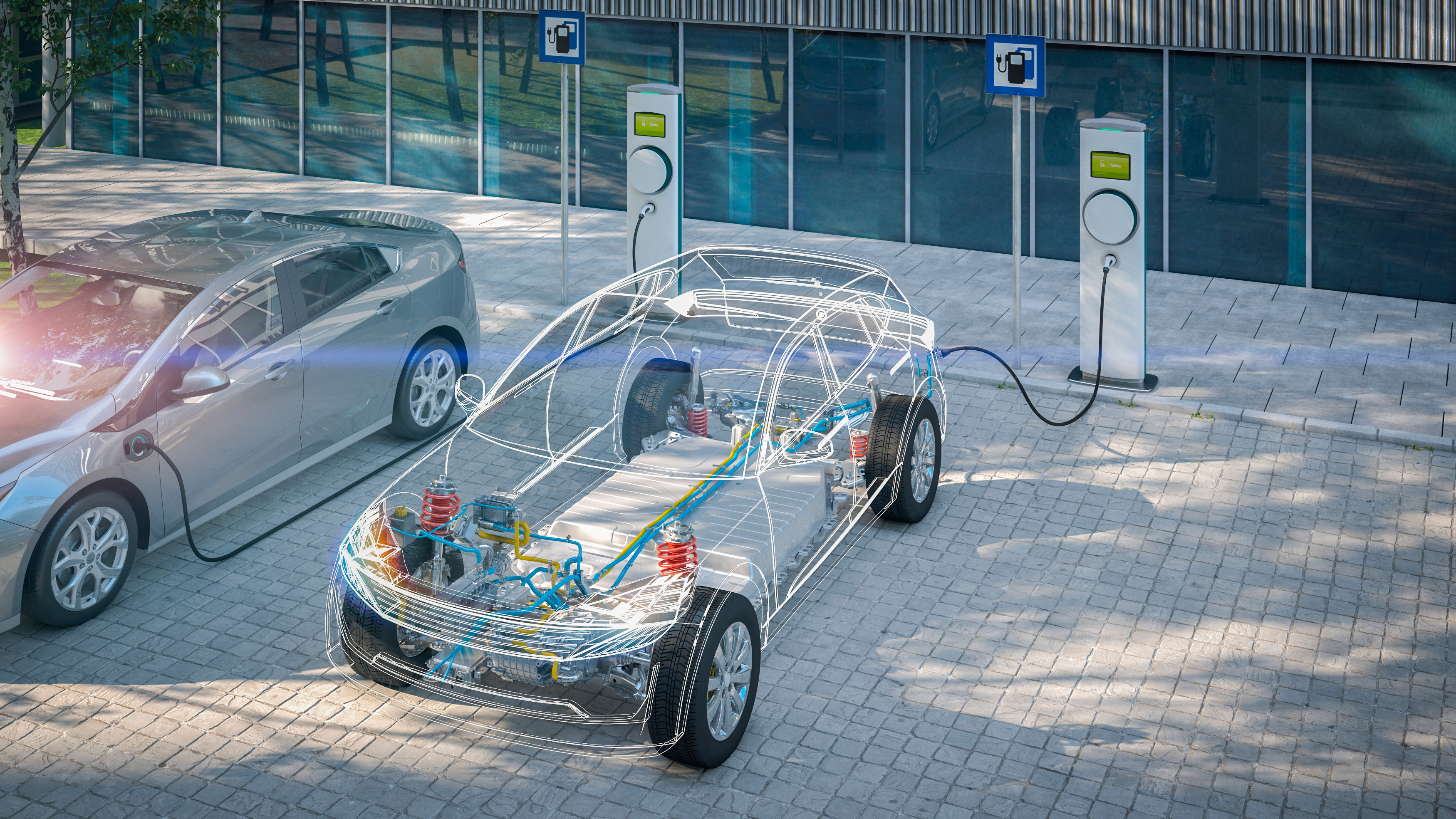Faced with the threat of climate change, many governments are committed to electrifying the energy system and decarbonising their countries' electricity supply. This trend is sparking a high demand for low-carbon emissions electricity sources and energy storage technologies which, in turn, has increased the demand for certain minerals which are essential to said technologies. According to a World Bank study, if "clean" energy technologies are deployed at the level required to fulfil the goals of the Paris Agreement, the demand for minerals and chemical elements necessary for electric batteries -such as aluminium, cobalt, lithium, manganese, and nickel- could grow by more than 450% towards the middle of the century.
The components of "clean" energy technologies have varying degrees of dependency on certain minerals which, in turn, have different criticality profiles, depending on factors such as price volatility and the stability of supplier countries. Rare earth elements, such as neodymium, dysprosium, and praseodymium, are key components of the permanent magnets used by wind turbines. Borates, gallium, germanium, and indium are also key components of photovoltaic solar panels, while cobalt and lithium are necessary for the batteries used in electric vehicles. Although these minerals are distributed all around the world, some are highly concentrated in some countries. For example: half of the world's cobalt supply comes from the Democratic Republic of Congo; over 80% of lithium comes from Australia, Chile, and Argentina; 60% of the global manganese supply comes from South Africa, China, and Australia; and over 85% of rare earth elements comes from China.
Today, ensuring the supply chain of raw materials necessary for "clean" energy technologies is a strategic priority. Not only because it can affect the pace of deployment of such technologies, but also because they have become the last frontier of the geo-economic rivalries posed by China's competitive industry. This country is no longer a simple mineral producer or component assembler, but rather has become a higher value-added manufacturer, which requires a growing volume of minerals and metals that are key for energy and digital transitions. This is adding pressure to the supply chains of other major economies, particularly those which are dependent on imports of critical minerals.
Furthermore, China knows that controlling the supply chains of such minerals is an important geopolitical lever. In this regard, it is illustrative to recall that, in 2019, during one of the most acute phases of the commercial war between the USA and China, President Xi Jinping paid a highly publicised visit to a rare earth processing facility in the province of Jiangxi, which was immediately interpreted as a message to the USA to the extent that it evoked the embargo on exports of these raw materials to Japan, unilaterally decreed by China in 2010 due to a territorial dispute. And in April 2020, Xi Jinping insisted on the need to reinforce the dependence of global supply chains on China, in addition to "developing powerful retaliatory and deterrent capabilities in the event of supply cuts by foreign countries". These declarations have increased the concern of Western governments, since the strong dependence of their countries on China in something as vital as rare earth minerals constitutes a vulnerability that can be easily exploited in the event of confrontation. Said governments, among them those of the EU, have clearly identified the necessary minerals for their economic and national security. But obtaining them and/or securing their supply is a different matter entirely.
Article published in El Periódico.




